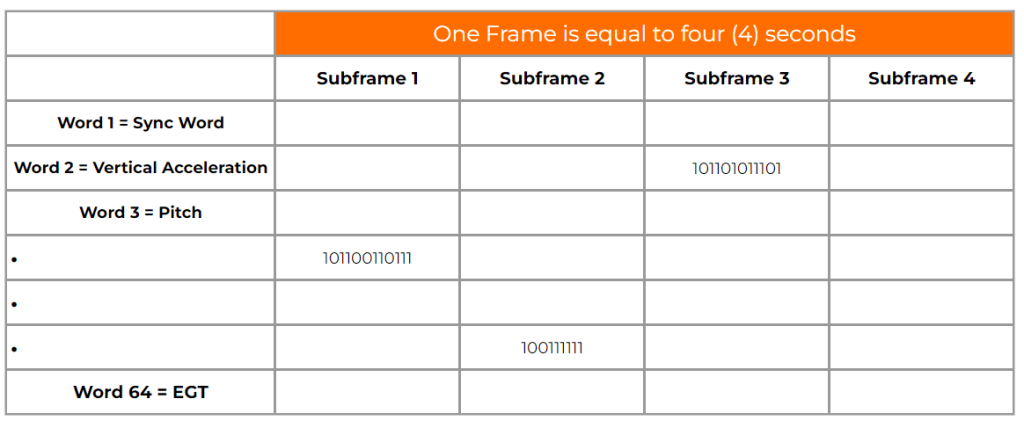Advanced
Flight Data Monitoring
FDM 301
Achieve proficiency in FDM/FOQA artificial intelligence
Learn how to apply ai, neural networking, and modern data science to support next generation FDM initiatives. You’ll attain expertise at transforming & presenting ‘big data’ and ‘flight data analytics’ in financial, business, operational, maintenance, and performance reports, which will faciliate the decision making process for your flight safety executives. Become the driver behind meaningful flight safety improvements and increased operational efficiency.
Make your FDM program intelligent!
Reactive Benefits
Learn how to properly react to events & exceedances within the context of the complete operational environment
Proactive Benefits
Become adept at developing statistically based action plans and corrective actions to improve safety and mitigate risk
Predictive Benefits
Benefit from advanced event, incident, and accident predictive science by become proficient in artificial intelligence based FDM

When you grasp the essentials of artificial intelligence based FDM, you will begin to understand the limitations of your current FDM software and program. As an example, pilot fatigue – a major causal factor behind many events and incidents – cannot be measured by employing standard parameters and variables. Rather, the science and application of correlatory data aggregation, dependent and independent multivariate analysis, and crew scheduling data, are all needed to detect pilot fatigue in advance. FDM 301 provides it all.
“Words can’t explain. After training the flight data neural network with the massive data set provided, we were able to predict the approximate latitude/longitude and altitude on the LDA approach where unstable approaches were most likely to occur. This will aid us in briefing our pilots in advance in order to increase awareness. These Flight Data X instructors are amazing!”
Ibrahim al Musaffir
Analyst
Hawaiian Airlines





